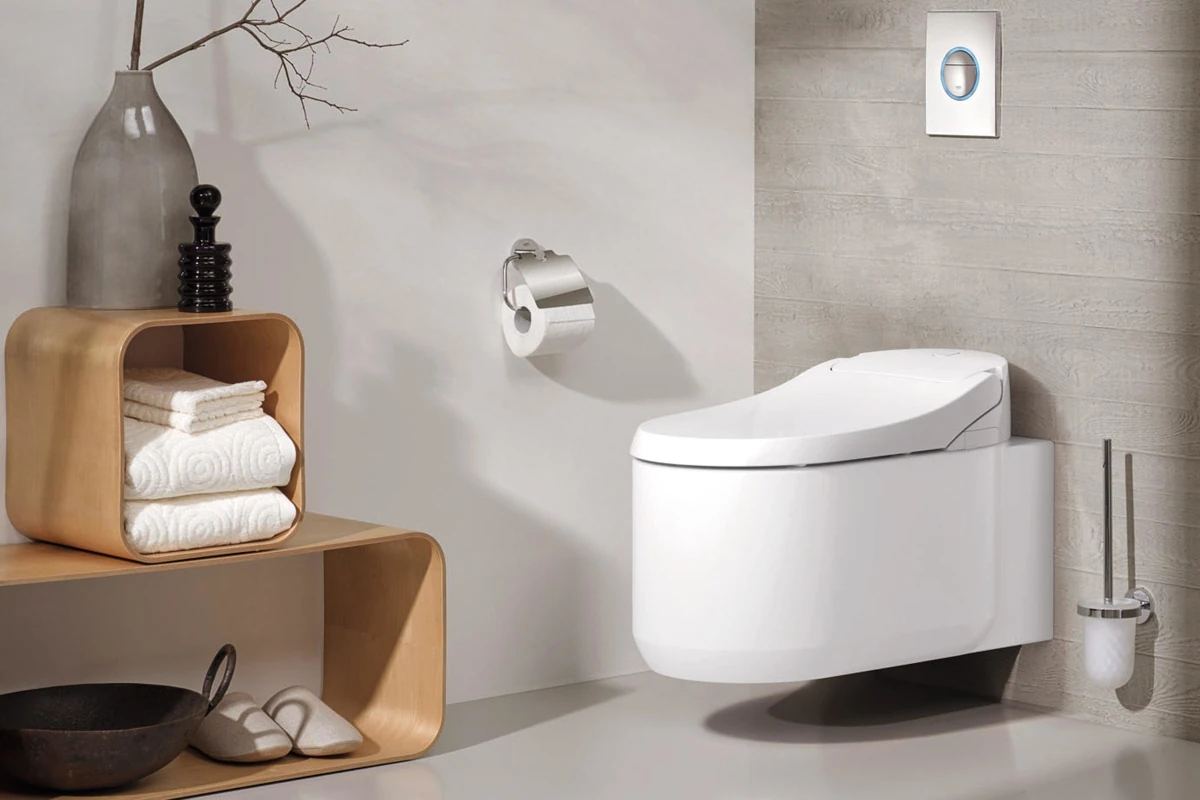In today's fast-paced society, the demand for innovative toilet designs in public restrooms has never been more pressing. With an increasing emphasis on hygiene, efficiency, and accessibility, the transformation of traditional restrooms into modern sanctuaries is now a key focus in our industry. These groundbreaking designs not only elevate user experience but also meet the changing standards of sustainability and advanced technology. In this article, we'll explore how these innovations are revolutionizing public restrooms and their significance for industry QA professionals.

Revolutionizing Hygiene with Touchless Technology
One of the most notable advancements in public restroom technology is the emergence of touchless systems. By minimizing physical contact, these systems significantly reduce the transmission of germs, making them safer for users. From automatic flushing to sensor-based faucets and soap dispensers, touchless technology has become a staple in contemporary public restrooms. Industry QA experts are particularly keen on understanding how these advancements can simplify maintenance routines and heighten overall sanitation standards.
Not only does touchless technology bolster hygiene, but it also enhances water efficiency. For example, automatic faucets ensure that water flows only when necessary, thereby conserving resources and minimizing waste. This dual focus on hygiene and resource conservation epitomizes the growing movement towards sustainable restroom solutions.
Sustainability in Restroom Design
Sustainability now plays a vital role in shaping innovative toilet designs for public restrooms. With pressing environmental concerns, designers are increasingly incorporating eco-friendly materials and water-saving technologies. For instance, low-flow toilets and urinals drastically cut down water usage without sacrificing performance. Additionally, eco-friendly options, such as composting toilets and waterless urinals, provide practical solutions for areas facing water scarcity.
Another emerging trend is the use of recycled and sustainable materials in restroom construction. These materials not only reduce environmental impact but also enhance the aesthetic quality of restroom spaces. Using reclaimed wood or recycled tiles, for example, can create visually striking restrooms that adhere to green building standards.
Accessibility and Inclusivity in Design
Designing public restrooms that are accessible to all is crucial. Increasingly, innovative toilet designs feature elements that support individuals with disabilities, parents with young children, and elderly users. This includes wider stalls, grab bars, and adjustable-height fixtures. By prioritizing accessibility, designers foster inclusive environments that meet diverse needs.
Moreover, the popularity of gender-neutral restrooms is rising as a means to encourage inclusivity. These facilities cater to individuals of all gender identities, nurturing an atmosphere of acceptance and equality. Industry QA professionals appreciate the importance of these advancements in fostering social responsibility and enhancing user satisfaction.
Smart Technology Integration
Smart technology is quickly changing our interactions with public restrooms. From app-controlled fixtures to occupancy sensors, these innovations make restrooms more convenient and efficient. For instance, smart toilets that feature self-cleaning capabilities and integrated bidet functions deliver a luxurious experience while maintaining high hygiene standards.
Additionally, some restrooms incorporate occupancy sensors that supply real-time data on usage trends. This information can be invaluable for facility managers, allowing them to refine cleaning schedules and guarantee that restrooms remain well-maintained. The integration of smart technology not only enhances user experience but also supports effective facility management.
Conclusion: A Future of Endless Possibilities
The development of innovative toilet designs for public restrooms marks a significant move towards improved hygiene, sustainability, and user experience. As technology progresses, the opportunities for innovation in this field appear boundless. Industry QA professionals hold a crucial position in ensuring these designs not only comply with standards but also deliver safe, comfortable, and efficient restroom experiences.
To learn more about the future of toilet technology, check out this informative article on smart toilet innovations. For further insights into streamlined restroom concepts, visit minimalist smart bathroom, bathroom privacy tech, and more on smart bathrooms.

Frequently Asked Questions
What are the benefits of touchless restroom technology?
Touchless restroom technology lowers physical contact, minimizing the risk of germ transmission and enhancing hygiene. It also promotes water conservation through automated systems.
How do sustainable restroom designs impact the environment?
Sustainable restroom designs emphasize the use of eco-friendly materials and water-saving technologies, thereby lessening environmental impact and advocating resource conservation.
Why is accessibility important in public restroom design?
Accessibility ensures that facilities are usable by everyone, including those with disabilities. This fosters inclusivity and heightens user satisfaction.
This article contains affiliate links. We may earn a commission at no extra cost to you.






